Will China Push the Thai Land Bridge Project to Reality?
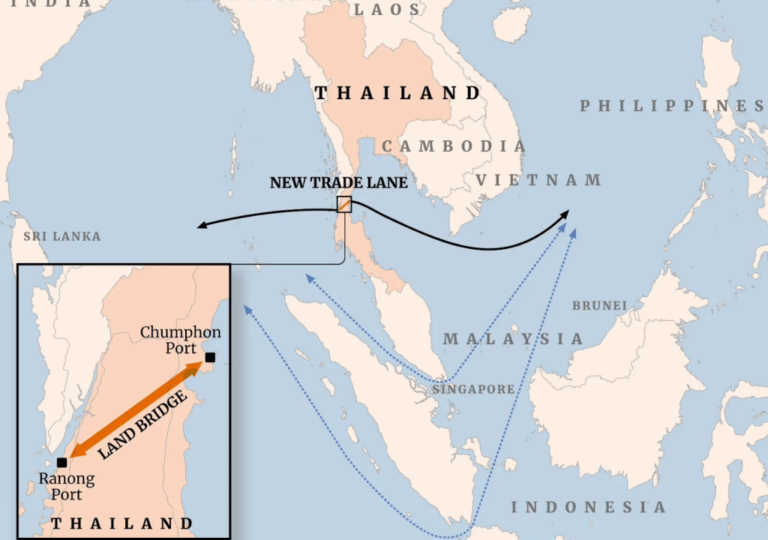
China's strategic interest in the Indian Ocean is growing, influenced by regional alliances and infrastructure projects like the Thai Land Bridge

China's strategic interest in the Indian Ocean is growing, influenced by regional alliances and infrastructure projects like the Thai Land Bridge

A shift in sentiment among younger generations in former Soviet countries shows a growing alignment with Western values, challenging Russia's influence
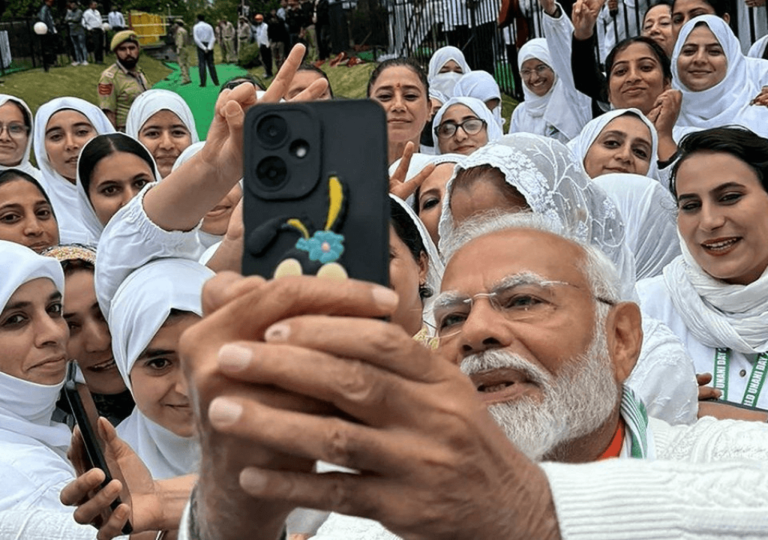
Jammu and Kashmir's upcoming elections are crucial, with significant implications for regional stability and governance
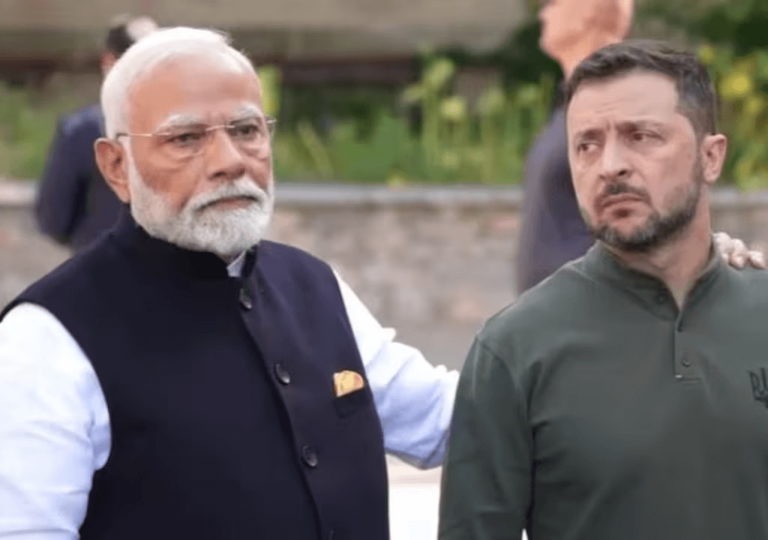
Modi's visit to Ukraine marks a historic moment, emphasizing India's support for Ukraine amid ongoing conflict with Russia
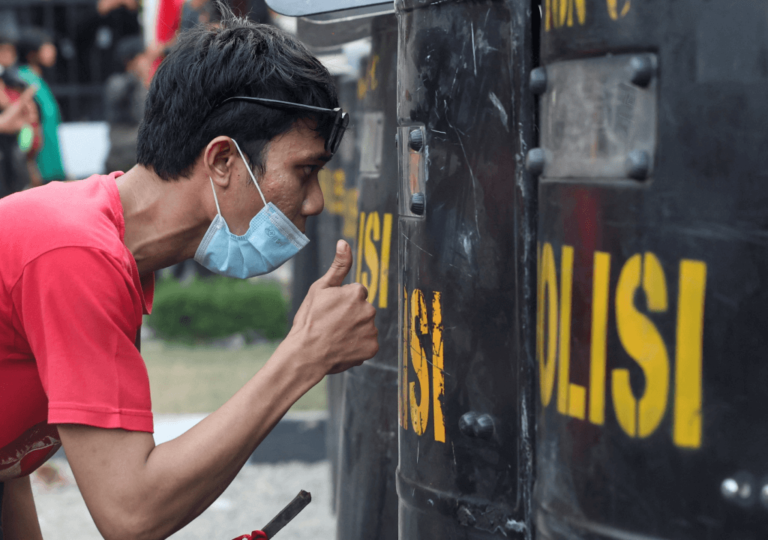
Massive protests erupted in Indonesia against political dynasties, prompting lawmakers to postpone controversial election law revisions

Pakistan faces rising extremism as Islamist factions gain influence, challenging modern governance and minority rights

Europe takes action to shield its market from cheap Chinese products, prompting retaliatory investigations from China into European imports

In 2022, Alice Guo was elected as the new mayor of Bomaban, a town on Luzon, the Philippines largest and most populous island. Despite limited public information about her background, such as her birthplace or education, Guo defeated the Nationalist…

A U.S. ceasefire demand in the Israel-Hamas conflict faces resistance as humanitarian crises deepen in Gaza
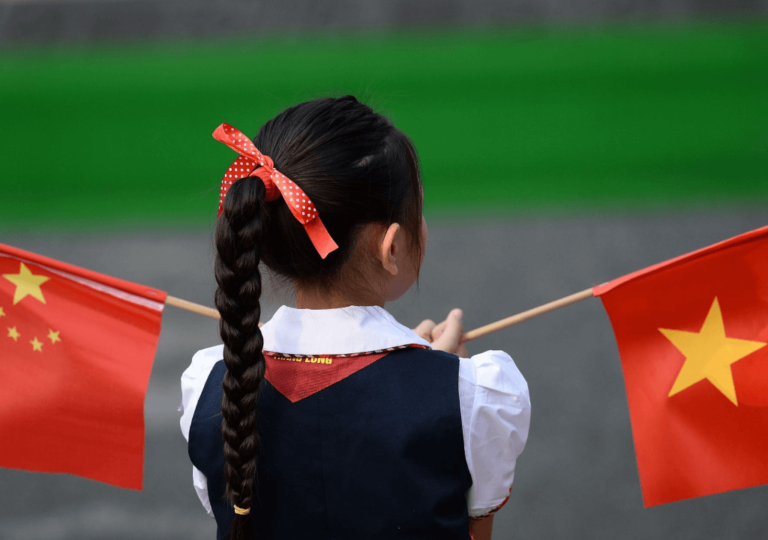
China and Vietnam are strengthening ties, with Vietnam's new leader prioritizing relations during his recent visit to China